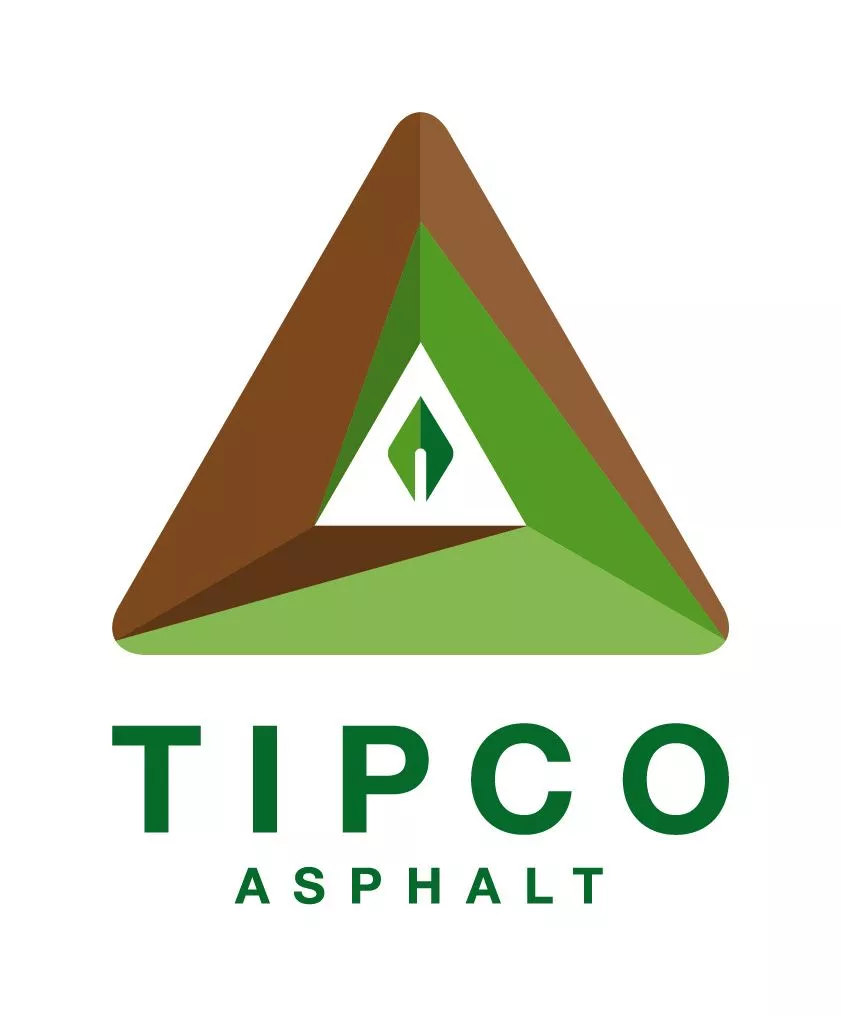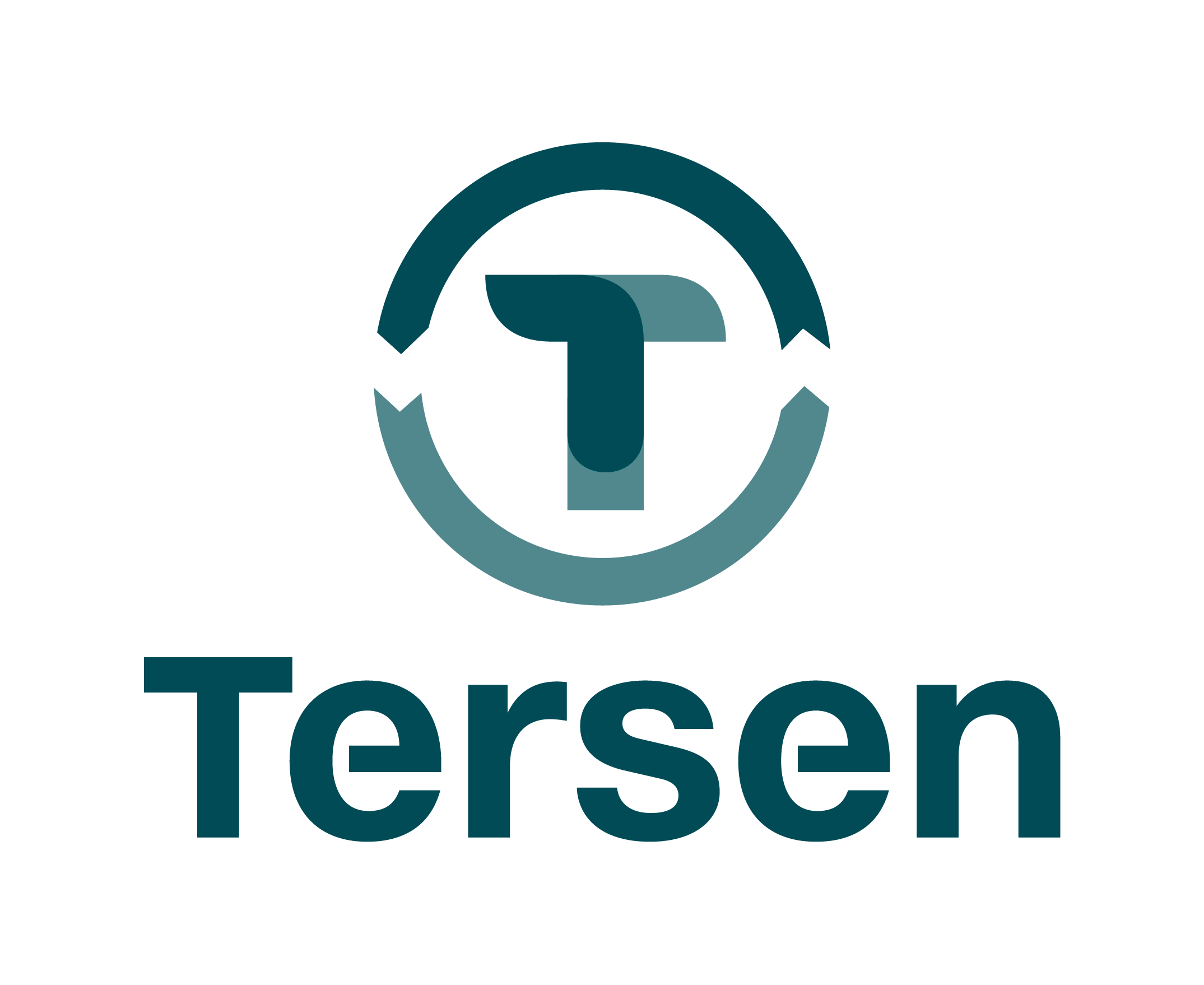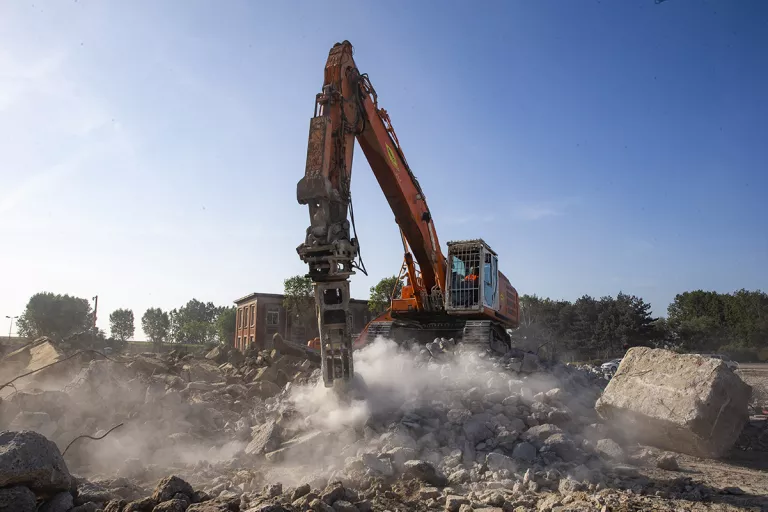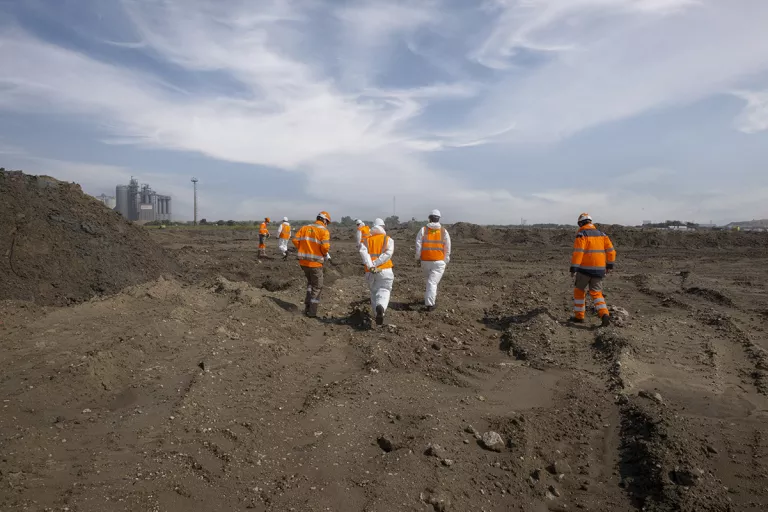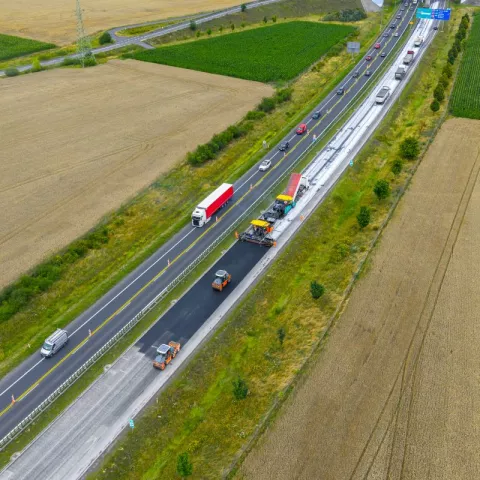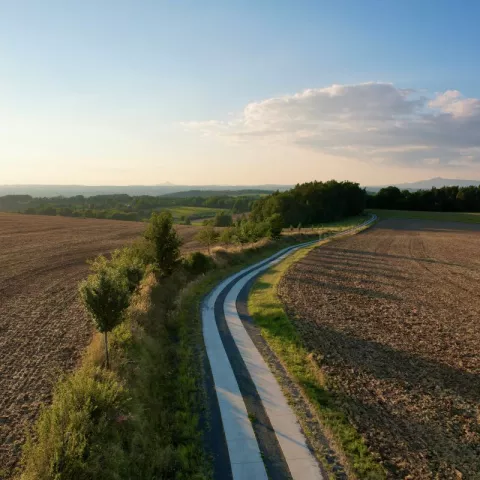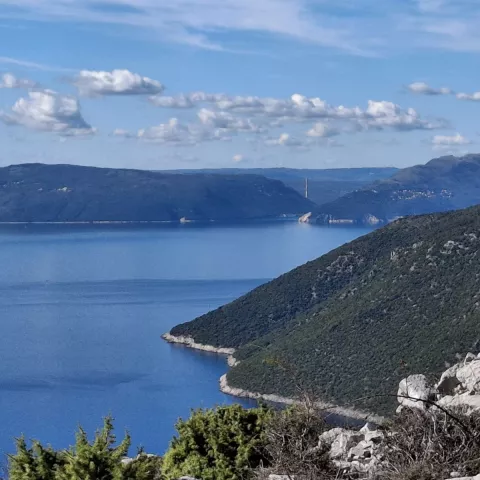SRD: the Dunkirk Adventure
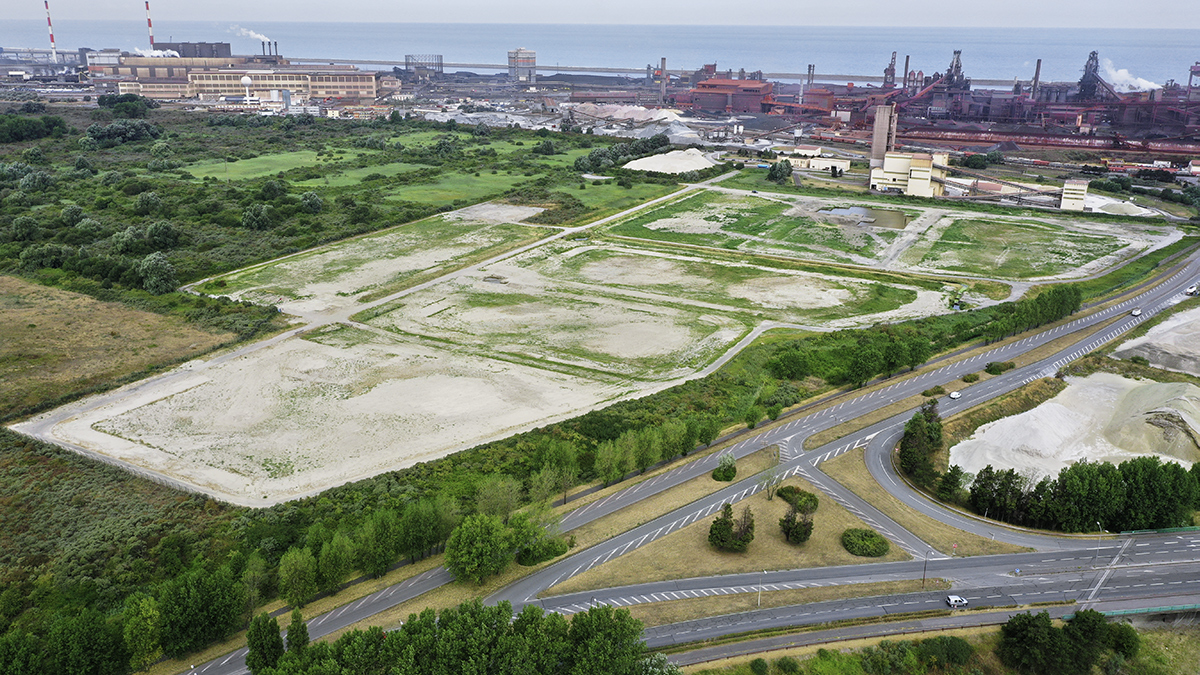
After more than four years of hard work and synergy, the deconstruction and clean-up of the Société de la Raffinerie de Dunkerque (SRD) site is entering its final phase. Teams from Colas France, Colas Environnement, Premys and SPAC have been mobilized for the project. Once completed, the 90 hectares that have been dismantled and remediated will be ready for new activities. Digital modeling, the recycling of 200,000 tons of materials, the development of a special vacuum extraction unit that works 24 hours a day: a very wide range of Colas expertise has contributed to the success of this exceptional project!
Major Pollution Remediation
Built in 1932, the Dunkirk refinery was destroyed during the Second World War and then rebuilt. It then became a bitumen and oil plant. Purchased by Colas in 2010, it finally closed its doors in 2015. As the last operator of the refinery, the Group has to dismantle the plant and clean up the site. Work began in 2017.
"We have deployed the resources to dismantle and remediate the site as quickly as possible, with the support of our expert subsidiaries. The project really allows us to demonstrate our commitment to social responsibility," says Jérôme Grigi, SRD project manager at Colas.
Indeed, the race is on to transform the site as quickly as possible. "The sooner we complete the work, the sooner a new business can get started here and create new jobs," says Mélanie Barcet, then president of the Management Conseil Dépollution, a structure created by Colas specifically for this project. Part of the land will be returned to the Grand Port Maritime de Dunkirk (GPMD), the landowner, during 2023, and the last plots should be returned by the end of 2024. This is a record timeframe for a site of this size - around 90 hectares!
Synergy and Expertise
This astonishing performance is due to the excellent synergy between the ten or so Colas subsidiaries. Deconstruction and decontamination were modeled and studied using a digital model (BIM) that won the BIM d'Or award. No fewer than 60,000 plans were created and analyzed to map the site and develop a series of decontamination and deconstruction scenarios.
The site, its history and its unusually large scale mean that the project is full of surprises. Because the refinery was bombed during World War II, the teams were alerted to the discovery of potentially live shells. The site was also found to contain asbestos, which was removed by the specialized Colas company Premys.
Another unique feature of the site was a vacuum extraction unit designed by Colas Environnement and built by SPAC teams. In continuous operation, it treats approximately 60,000 tons of soil in situ (without excavation) over a period of nine months. The only one of its kind in France, the unit is mobile, operates 24 hours a day, controls the risk of explosion due to the gases emitted and can treat pollutants automatically (the energy released by the destruction of the pollutants allows the treatment to continue without the use of electricity).
43,000 tons of scrap metal and 200,000 tons of debris from the site have also been recycled
Recycling has also become the norm at the site. Since the start of the project, the debris and waste from the deconstruction have been recycled: steel in particular, with the equivalent of five Eiffel Towers of scrap metal recovered. 200,000 tons of rubble have also been reused, either on the site or in other construction projects.
Once the clean-up is complete, the Grand Port Maritime de Dunkirk will be able to devote itself to new activities.










